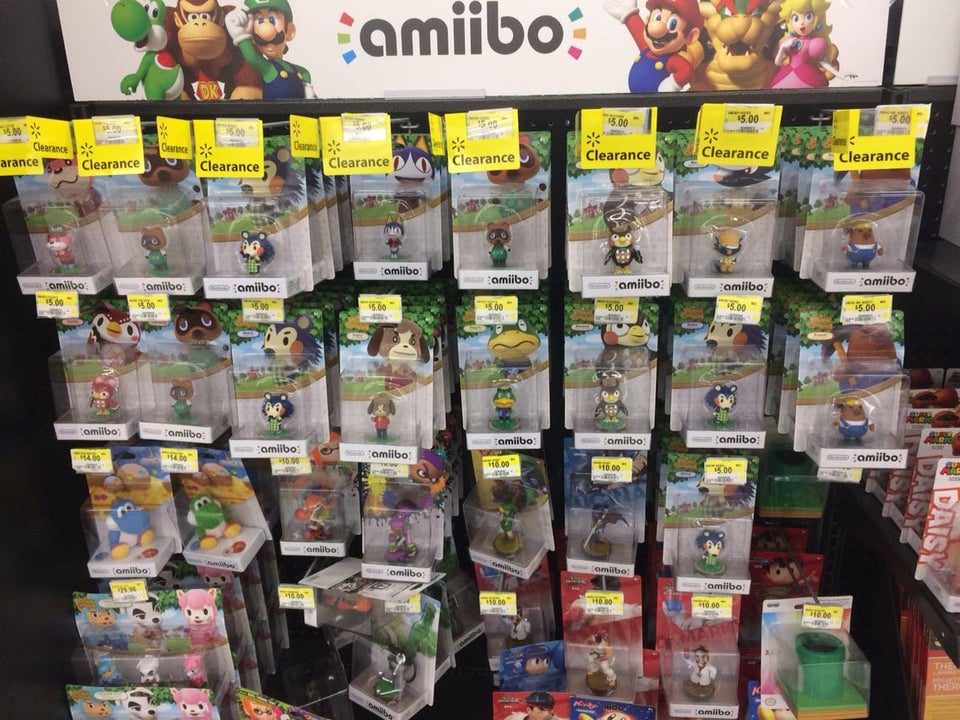Nintendo fans don't know what they want from amiibo, but neither does Nintendo
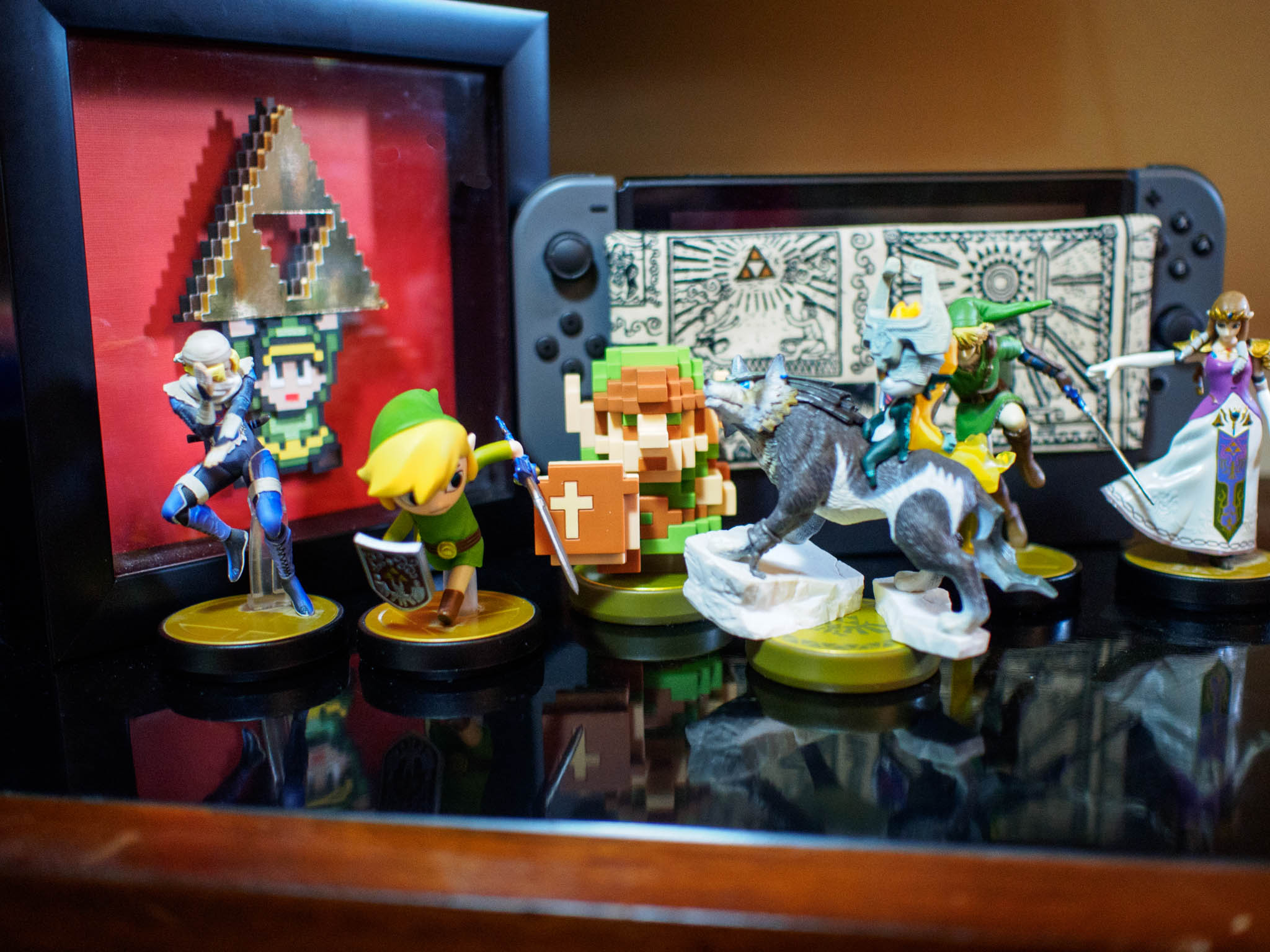
amiibo were Nintendo's answer to the "toys-to-life" phenomenon that Disney Infinity and Skylanders made so popular. Starting in 2014, during the Nintendo 3DS and Nintendo Wii U era, these plastic figurines promised a whole new way to interact with your games while providing some cute memorabilia for your shelf. The figurines facilitated this through the Near Field Communication (NFC) chips stored in their bases, which could be scanned and read or write data to themselves or a game, depending on the title.
This pleased many fans initially, as some figures to be released depicted characters that did not receive any significant merchandise — or at least, not very often. In addition, Nintendo reassured that amiibo would work across several games — this meant that your Super Mario line Peach amiibo would work just as well as your Super Smash Bros. line Peach amiibo, in any game that supported a Peach amiibo. But as time went by, the opinion on whether amiibo are a nice addition to games, or whether they are a greedy cash grab by Nintendo, has fluctuated more times than I can count.
Smash Bros.' rise and Animal Crossing's fall
The first line of amiibo released in 2014 alongside Super Smash Bros. for Wii U. Their main selling point was to allow players to "teach" their amiibo how to fight through training. This support continued for the 3DS Smash Bros. game, as well as Super Smash Bros. Ultimate on the Nintendo Switch. These figures were insanely popular, flying off the shelves faster than Nintendo could produce them. With the baffling decision on Nintendo's part to restrict certain amiibo to certain retailers such as GameStop and Target, amiibo like Shulk and Rosalina became extraordinarily rare, and that much easier for scalpers to profit off of.
Despite frustrations with how the waves of amiibo were handled, collecting them became something like a game for fans, with multiple communities popping up across Facebook and Reddit to share information. The Super Mario and Splatoon lines of amiibo also saw some popularity as they released, with a truck full of Splatoon amiibo even being stolen in the U.K. However, upon the release of Animal Crossing: Happy Home Designer and Animal Crossing: amiibo Festival, everything seemed to go wrong.
Fans worried that Nintendo was only making amiibo-compatible games to squeeze money out of them.
Nintendo seemed to want to learn from its previous mistake of under-producing the Smash Bros. amiibo. In actuality, it over-produced the Animal Crossing amiibo, which arguably did not have the same wide appeal as the Smash Bros. amiibo. There were so many of them that they quickly had to go on clearance because stores were desperate to get them out.
Multiple Reddit posts showed the lack of variety in stores, and those who weren't Animal Crossing fans or persons looking to collect all available amiibo were kind of turned off by the idea after the Great Animal Crossing Flood. It didn't help that Happy Home Designer and amiibo Festival felt like shells of their predecessors. Fans worried that Nintendo was only making amiibo-compatible games to squeeze money out of them. That's a level of distrust that you generally don't want to see from your customers, and it's a mistake that probably cost Nintendo a lot of money in this market.
"No, that's not enough!"
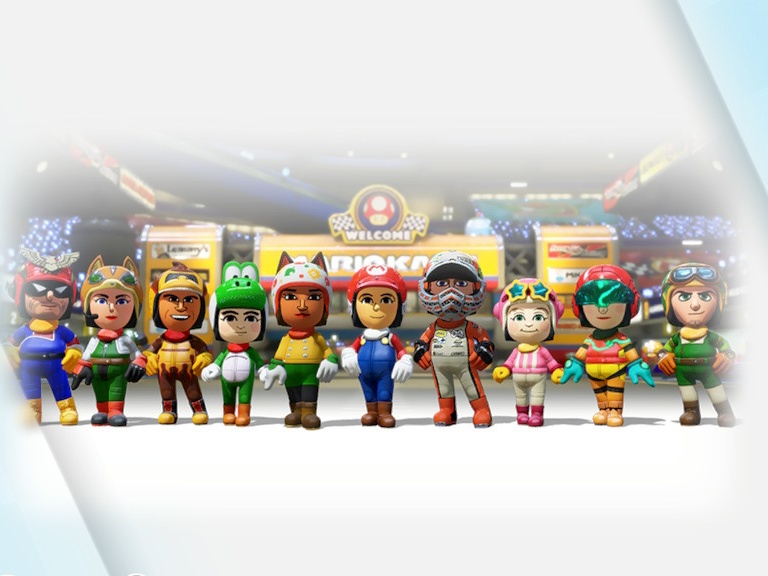
The functionality of amiibo varies so much that fans needed to make amiibo compatibility charts so people could keep track of what amiibo were compatible with what games. Nintendo had its own website dedicated to the topic, but it was especially confusing to navigate.
iMore offers spot-on advice and guidance from our team of experts, with decades of Apple device experience to lean on. Learn more with iMore!
Many games [...] only featured themed costumes and little else.
What amiibo fans began to notice was that many games that boasted amiibo functionality with a wide variety of figures only featured themed costumes and little else. This was evident in games like Mario Kart 8 Deluxe, Yoshi's Crafted World, and, more recently, in Monster Hunter Rise. Any Mario costume could unlock a Mario-themed costume in, say, Yoshi's Crafted World, and that was the end of it. Then there were other games like Dark Souls: Remastered whose functionality with the Solaire amiibo did absolutely nothing other than using the "Praise the sun!" gesture.
Many fans like the YouTube personality Scott the Woz expressed an attitude of nonchalance towards amiibo after it became obvious that not much was being done with the plastic figurines. However, the more basic functions meant that fans could choose whether they just wanted to collect the figurines or not without worrying about missing out on any game-changing content. These amiibo were marketed to children, and the target audience was more likely to care about how cool their figurine looked than how much bang their parents could get for their buck.
"No, that's too much!"
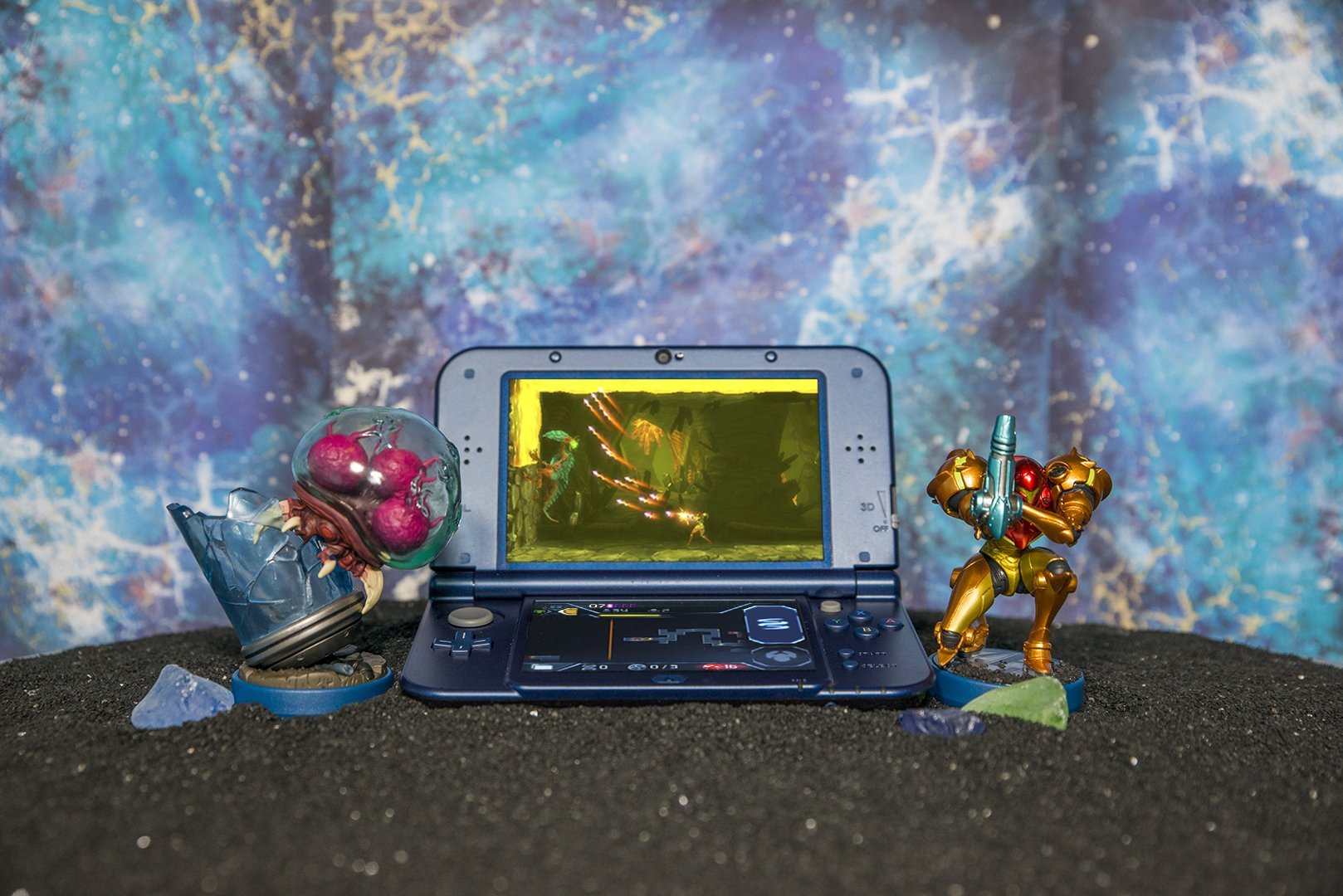
As any Nintendo fan can tell you, if you give Nintendo an inch, they'll take a mile. I'm not sure if Nintendo heard the complaints of players at the lackluster functionality or not, but they ended up taking it too far for some gamers' liking. The amiibo functionality that received what seemed like the most complaints were the Metroid and Samus amiibo that were created for Metroid: Samus Returns on the Nintendo 3DS.
Suddenly there was too much content in those little amiibo bases.
The amazingly designed squishy Metroid amiibo ends up being the only means to unlock an entire game mode, Fusion Mode, which cannot be unlocked through normal gameplay. Given the scarce nature of these amiibo, this meant that many could not access interesting content without paying scalpers or buying bootleg NFC cards off of sites like eBay. Suddenly there was too much content in those little amiibo bases. People suddenly realized that getting your money's worth meant being prepared to miss out on content should Nintendo cease production of those amiibo.
Where can we meet in the middle?
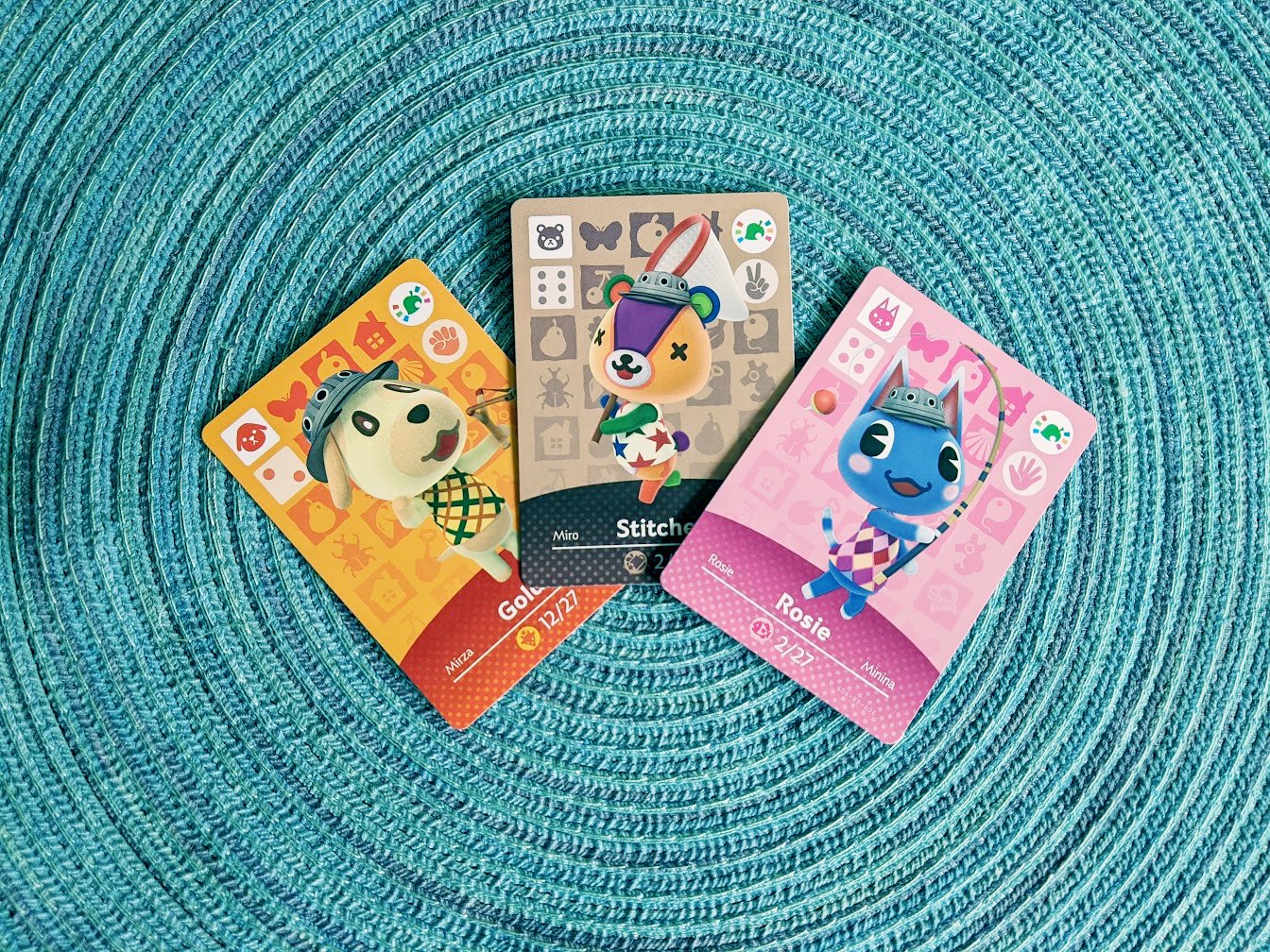
It seemed that there was no pleasing fans. On one hand, costumes made amiibo a cash grab. On the other, restricting challenges and stages to amiibo was a problem. Were there any amiibo that achieved a healthy middle-ground?
The most celebrated amiibo are those that unlock functionalities that are already present in the game. In Animal Crossing: New Horizons, players can use Nook Mile Tickets that they earn in-game to find new villagers, or invite villagers to the campsite via an amiibo. But locking quality-of-life features behind an amiibo like the Skyward Sword Zelda amiibo made it feel like a paywall. While there will always be one fan or the other complaining about which figures are or aren't worth everyone's money, it seems that there was less complaining when a balance was achieved.
Nintendo needs to find a balance if it hopes to continue marketing and selling amiibo. Fans have, for the most part, made it clear what upsets them. For me, I think a lot of these issues could be mitigated if Nintendo opted to re-print amiibo for anniversaries or in combination with the release of new games in a popular franchise. This would both drive the second-hand costs down, and ensure that fans have access to the figures they want to use in the Nintendo Switch's best games.
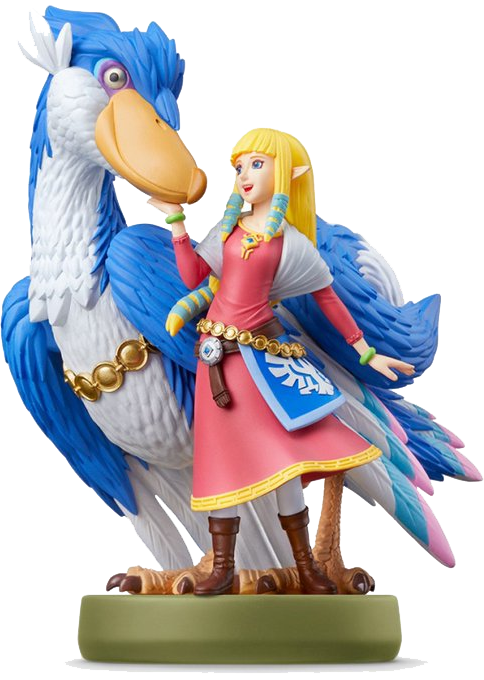
Make Link warp
Zelda and her Loftwing look absolutely gorgeous in this new amiibo. Scanning it makes it possible for Link to warp back and forth between the clouds and the ground in Skyward Sword. This beautiful amiibo releases July 16. Be sure to get in your order before they sell out.
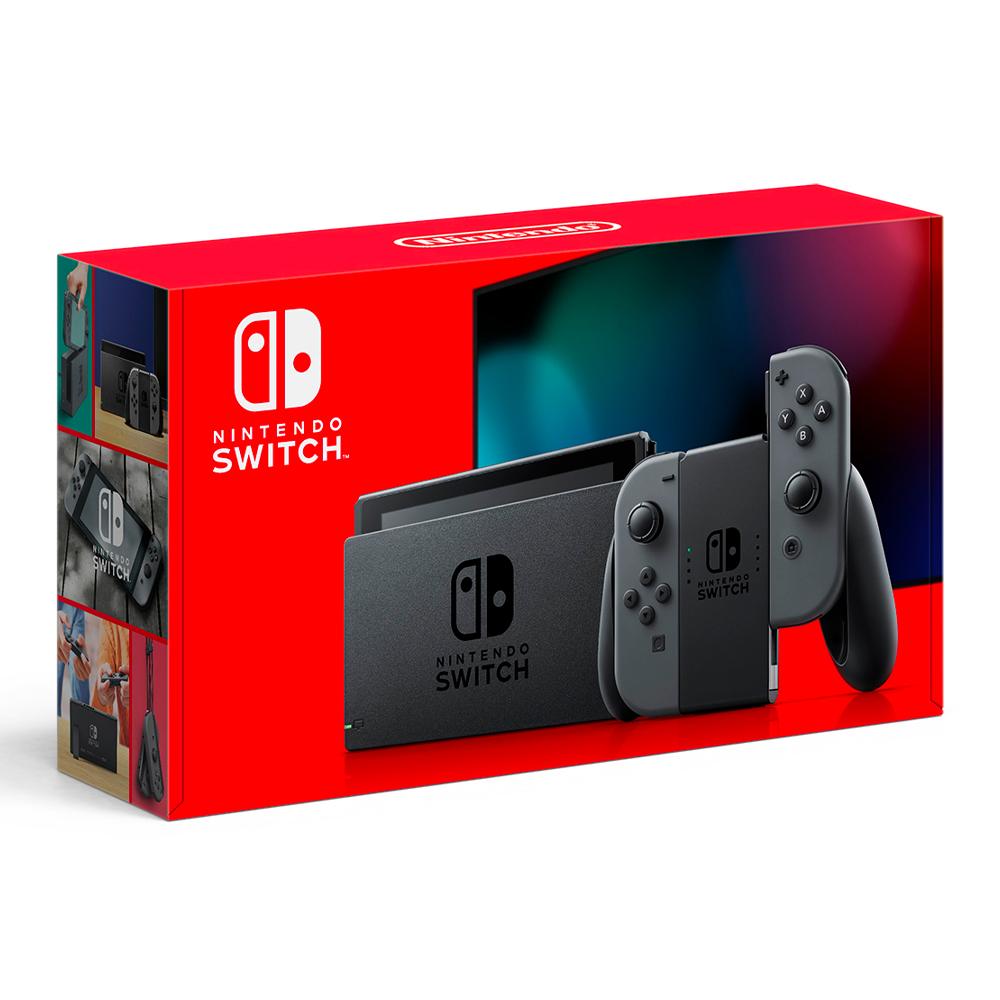
The most versatile way to play.
Whether you're curled up on the couch or bringing it to a rooftop party, the Nintendo Switch is the definitive hybrid console. With a wide selection of games and tons of ways to play, the Nintendo Switch will always be known as the little console that could.
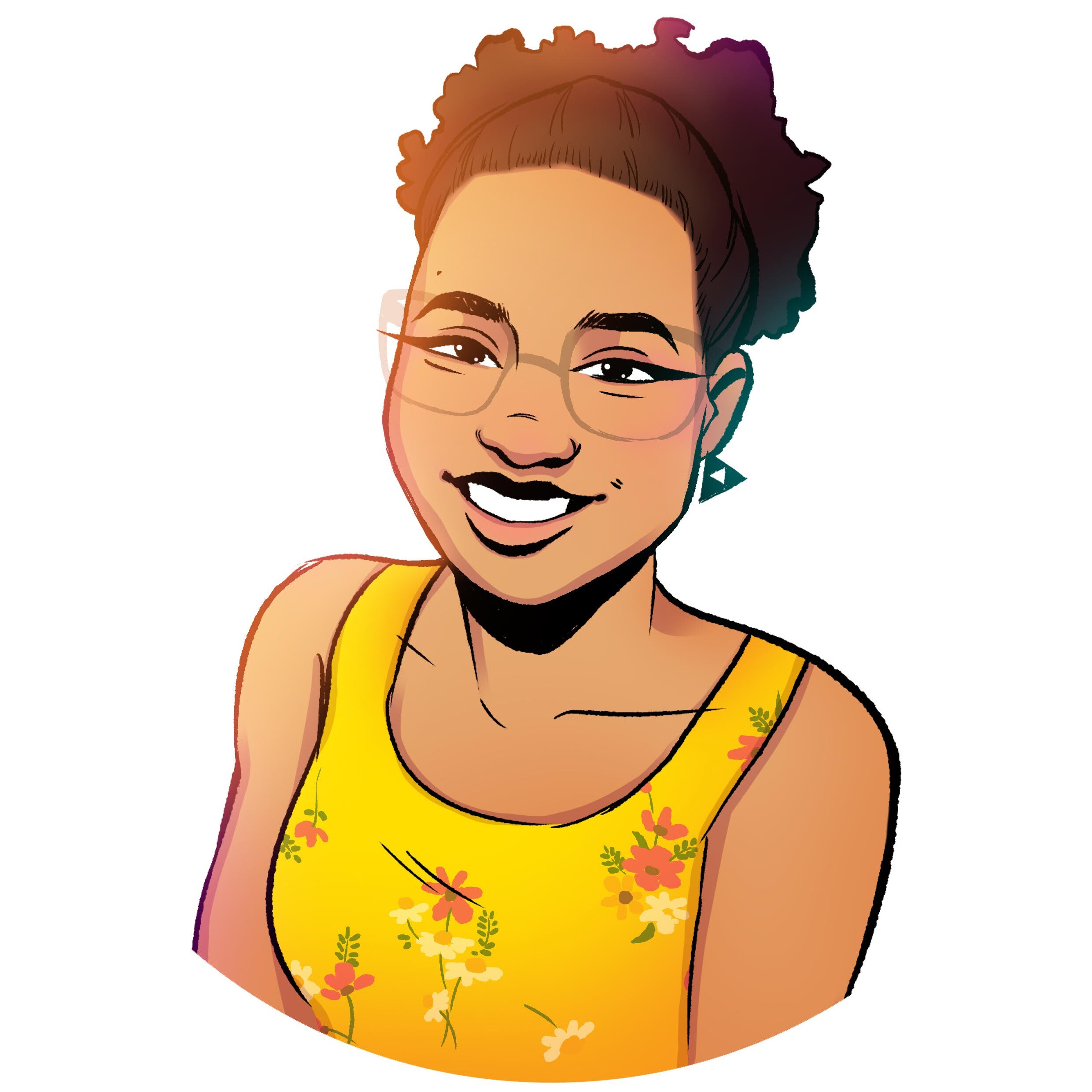
Nadine is a freelance writer for iMore with a specialty in all things Nintendo, often working on news, guides, reviews, and editorials. She's been a huge Nintendo fan ever since she got to pet her very own Nintendog, and enjoys looking at Nintendo's place in the video game industry. Writing is her passion, but she mostly does it so that she can pay off her ever-growing debt to Tom Nook. Her favorite genres are simulation games, rhythm games, visual novels, and platformers. You can find her at @stopthenadness on Twitter, where she'll more than likely be reposting cute Animal Crossing content.
